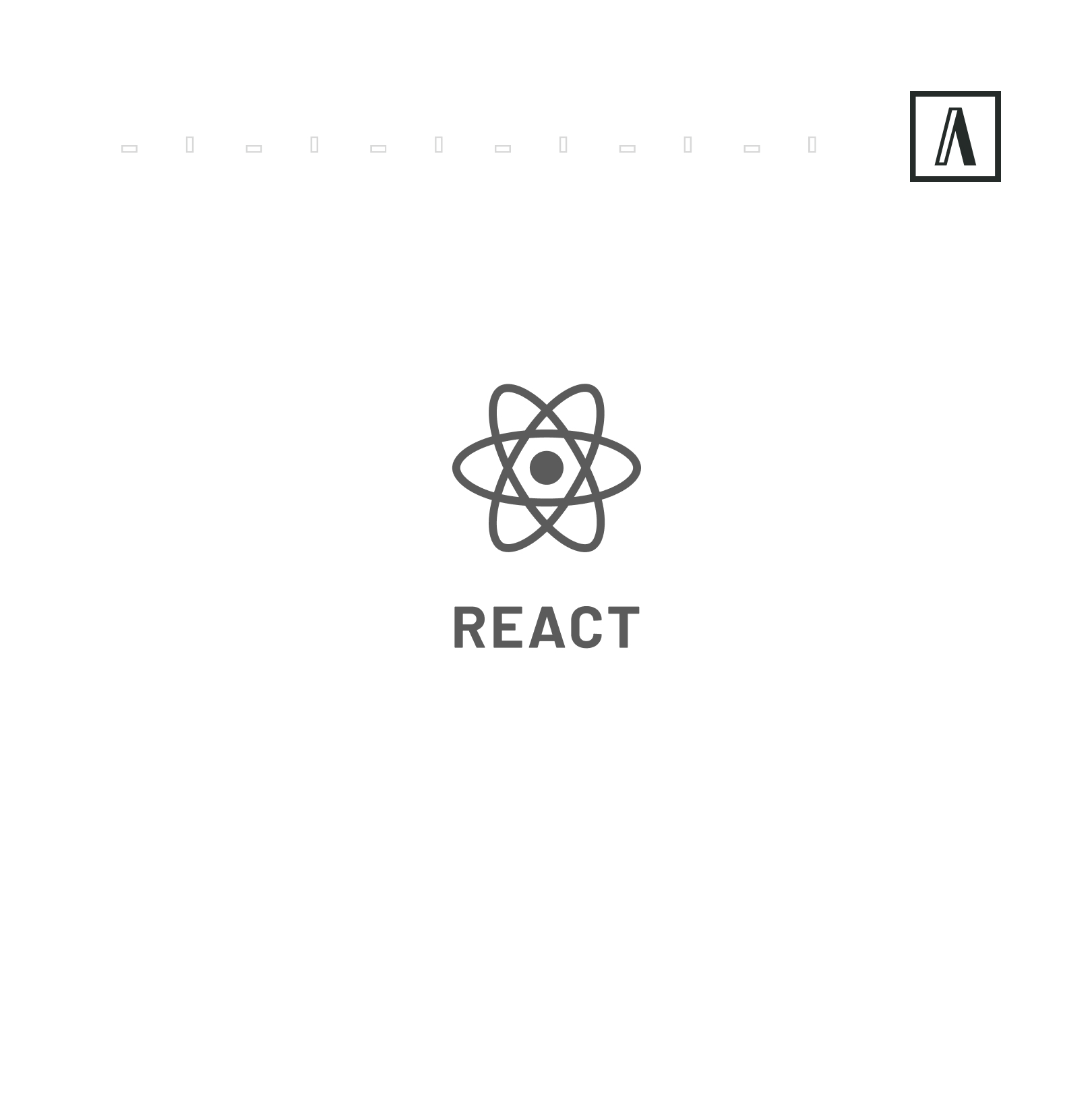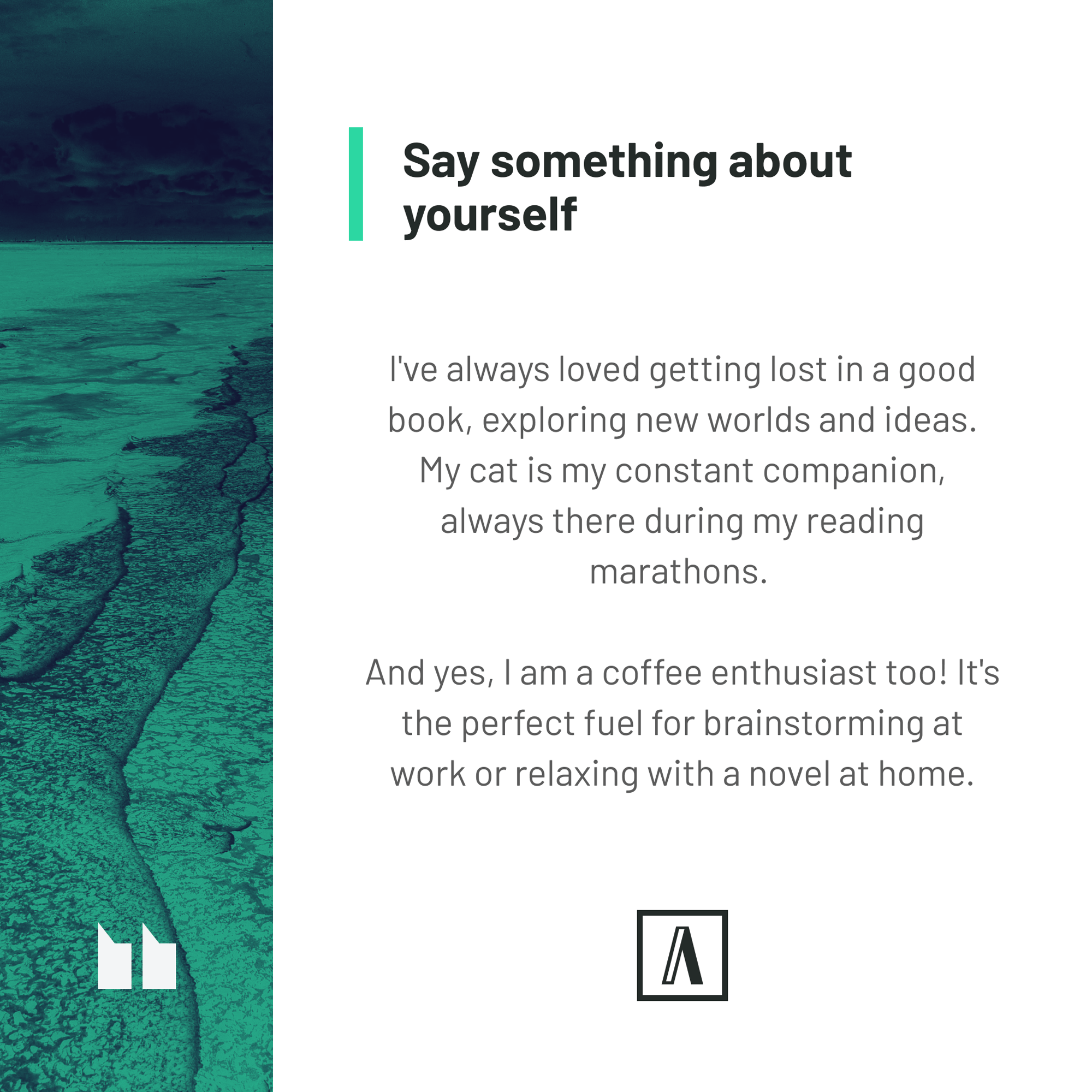React For Scalable and Dynamic Web Development
We create dynamic user experiences for high-traffic, data-intensive applications. React has a powerful Virtual DOM, vast developer community, and adaptable ecosystem. From small to large, React handle apps like a charm.
.jpg?width=801&height=1200&name=AS_KRK_323%20(1).jpg)
-1.png?width=1674&height=1112&name=Screenshot%20(1)-1.png)
.jpg?width=1200&height=801&name=AS_KRK_328%20(2).jpg)
Extend teams with React specialists
Need to augment your team for a React project? Our team extension services can provide you with dedicated React experts. More than just coders, our React professionals focus on providing solutions that align with your business objectives.
More than half of our clients have been with us for over 3 years, a testament to our dedication to building long-term relationships. We're familiar with the trials of business - we've navigated them ourselves.
With a reliable partner and skilled React programmers ready to support you, we can grow together.
Discover our Customer Journey
Watch our videos
What our clients think about us


Why we recommend React?
React is a top choice for interactive web applications. It offers efficient updates and rendering, making it ideal for high-traffic applications. It also has a large community, providing excellent resources and support.
We value React for its speed, flexibility, and efficiency. Its component-based architecture makes it highly reusable and easy to maintain - a big win for long-term projects. With React, we can help you create a smooth, intuitive user experience.
We are also experts in:
Most asked questions about React
We opted for React as one of our main technologies for several reasons.
Firstly, React gives the possibility to create dynamic interfaces based on a virtual DOM. Changes on the webpage are instantly visible without refreshing the page (SPA), significantly improving the user's experience.
Secondly, React boasts a huge developer community due to its popularity and application in renowned platforms like Netflix, Airbnb and Uber. This also means readily available talent.
Thirdly, the ecosystem that React co-creates, including NextJS, allows the development of applications functioning as SPA (Single Page Application), SSR (Server Side Rendered), or SSG (Server Side Generated). Those last 2 approaches can significantly improve SEO results.
These features make React perfect for projects demanding scalability, performance, and rapid development.
At Amsterdam Standard, we use React across various projects, from web applications to mobile applications with React Native.
Clients recommend React for its modularity and reusability. With reusable components, we can quickly build advanced and coherent interfaces. This also means the UX and UI are made simple and unified.
With TypeScript support, we can deliver robust and secure applications that are easy to maintain and expand.
Most solutions similar to React also base on the Virtual DOM concept. Using a library like Vue instead of React comes down to a few differences, such as the approach to managing the template system or the data flow appearance.
Vue has some additional built-in tools that React requires more configuration for but offers more freedom. Vue.js may be more suitable for smaller projects requiring more simplicity, while Angular might be a better choice for large, complex corporate applications. In contrast, Svelte is focused on performance.
The virtual DOM tree, a key element of the React library, limits the required changes on the actual DOM tree. But that's not all. Proper code management through code-splitting, memoization and server-side rendering adds extra points to performance stats.
Regarding security, since React is based on the virtual DOM tree, its API allows early detection of suspicious code before execution. React also provides automatic content escaping, preventing cross-site scripting attacks.
At Amsterdam Standard we also use TypeScript in our React projects allowing early detection of potential errors and improving application security.
In 2023, React celebrates its 10th anniversary! It's a mature environment and a stable library. One of the most popular JavaScript libraries. It translates to good documentation, community support and the possibility of introducing new features.
Upgrading not only helps combat technical debt but also provides developers with new possibilities for application development, often improving security. The transition between React versions didn't require much work, but one must consider the impact of such a change on the entire environment in which React is located.
TypeScript: More and more React projects use TypeScript for better type control and performance. TypeScript allows for early error detectio.
Server-side rendering (SSR) and static site generation (SSG): Frameworks like Next.js are becoming increasingly popular, aiding in SEO optimization and site performance through SSR and SSG.
Micro Frontends: This approach allows dividing the user interface into independent, more manageable components, which is particularly useful in large projects.
Concurrent Mode and React Suspense: These two new additions to the React ecosystem have the potential to significantly increase application performance by allowing multiple tasks to be performed simultaneously and loading components 'on demand'.
At Amsterdam Standard, we strive to stay up-to-date with trends and apply good practices.



.png?width=1080&height=1080&name=1pager%20(2).png)
.png?width=2000&height=2000&name=X%20(2).png)








